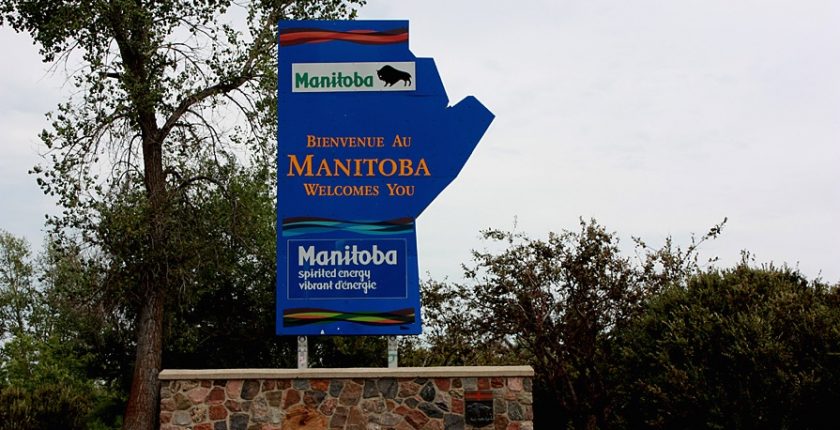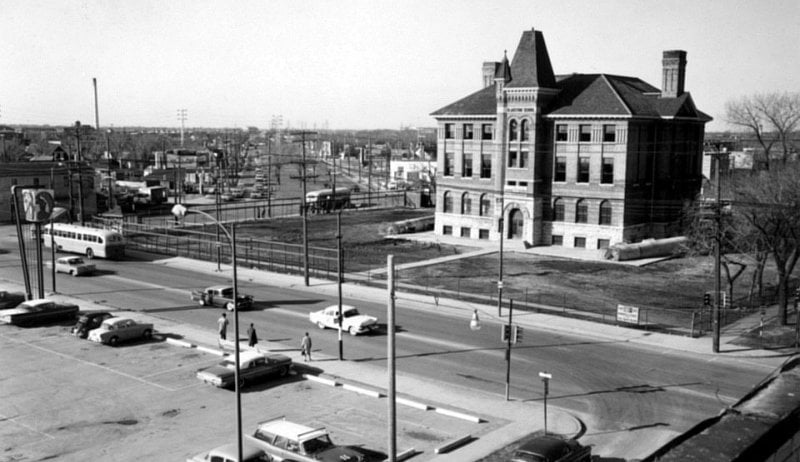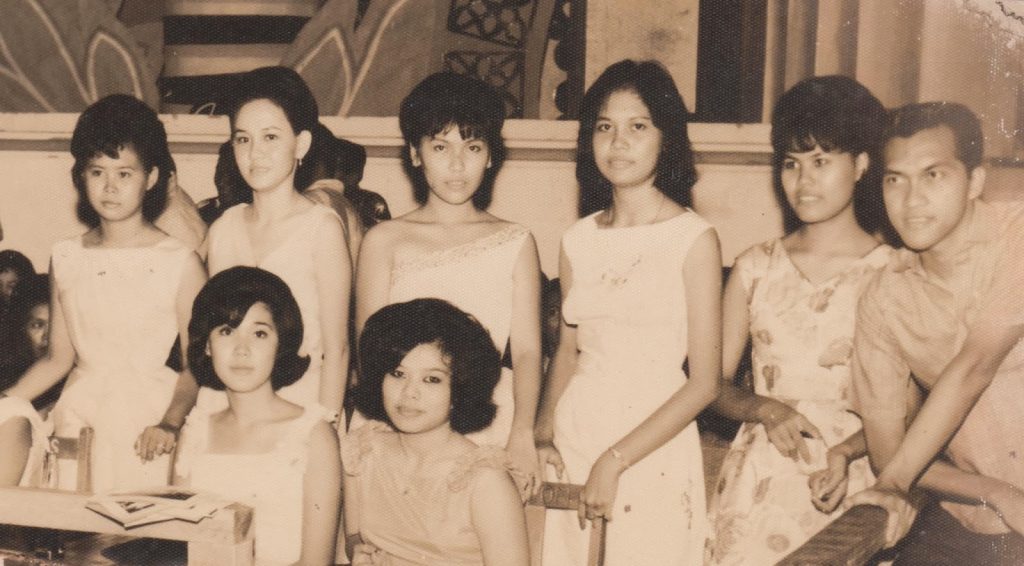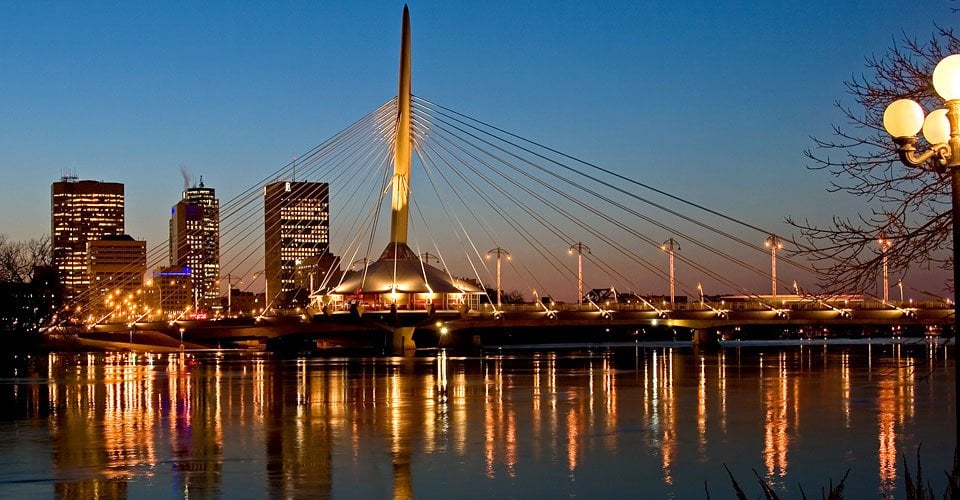Filipino Immigrants Succeed In Winnipeg, Manitoba
Filipino immigrants have flocked to Manitoba in a wave. Canada had only a small population of Filipinos until late in the 20th century. The first Filipinos began coming to Canada in 1930. In the 1950 census, Manitoba was home to approximately 10 Filipinos. These first Filipino-Canadians (with increasing numbers this name evolved) were primarily women, looking for work as teachers, nurses, or in the health industry. At first, Filipinos came from the United States and were looking to renew their work visas, then return to the U.S. However, once Filipinos realized what an idyllic community Winnipeg, Manitoba was, they began to settle in Manitoba.
From 1946 to 1964, the total of Filipinos in Canada was 770. During the 1960s, Canada recruited professionals from the United States and directly from the Philippines. Most Filipinos during these migrations, new citizens worked in the health industry, as office workers, and in the manufacturing sector. In the 1980’s an influx of Filipino’s migrated to Winnipeg. The 1990’s saw Filipinos migrating as whole families. From 1990 onward, there has been a steady flow of Filipinos entering Canada, with about 10 to 20 thousand coming in every year. Filipinos took the lead from China in 2008, as the biggest source of immigrating peoples. In the Province of Manitoba, the Filipino community reached 60,000, because of an immigration boom that took place over past five year.
According to the 2011 National Household Survey, there are 662,600 people of Filipino descent living in Canada. The majority of new Filipino immigrants were dependents who used a program called PNP. PNP is The Provincial Nominee Program. The program helps provinces to directly recruit workers with specific job skill sets/and skill that are comparable for specific industries. Immigration Minister, Christine Melnick, stated that the increased number of Filipino’s coming to Manitoba should be a source of pride for the province. “This is a real success story,” Melnick said. “This is proof that we have a good reputation within the Philippines and a very strong Filipino community here.”
Fred De Villa, a Filipino community activist and longtime immigration advocate, said Manitoba has become a preferred destination for those that want to leave the Philippines. This in part is due to the growing Filipino community that not only lets them celebrate their heritage and culture due to the amount of Filipino’s already settled in Winnipeg, Manitoba. Another factor in the Filipino immigration increase is because of the province’s low cost of living. Newly arrived Filipino immigrants to Manitoba easily find support systems, including cultural, food, music, news, and other services to make their trek to Manitoba successful. “Winnipeg may not be known as much as some of the other cities in Canada, but for those Filipinos looking for a good life and lots of support, this is the place to come,” De Villa said.





